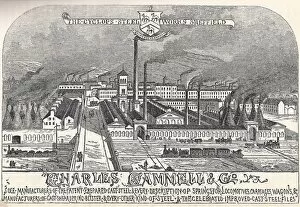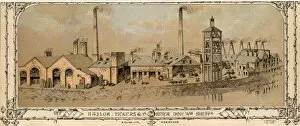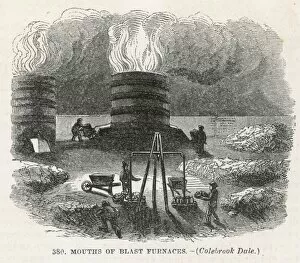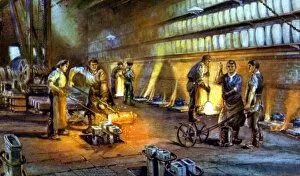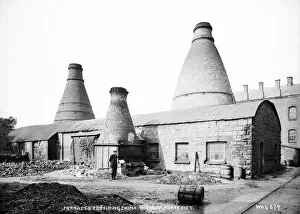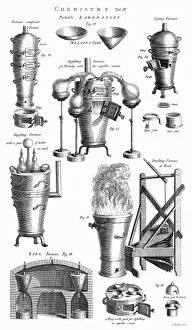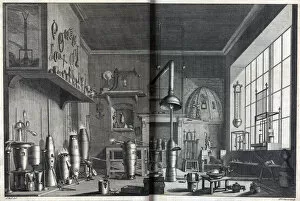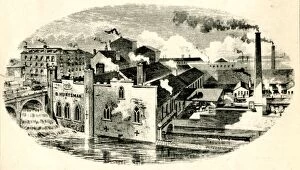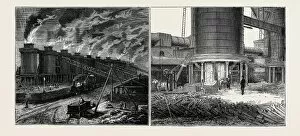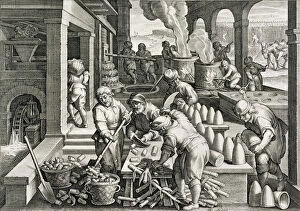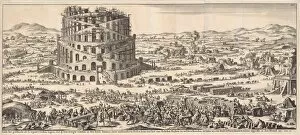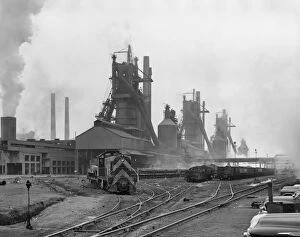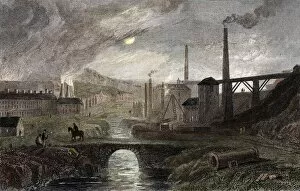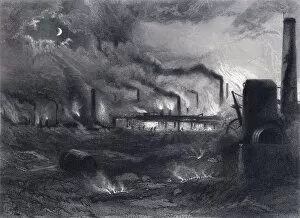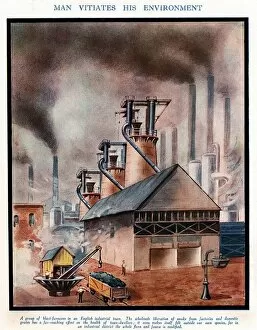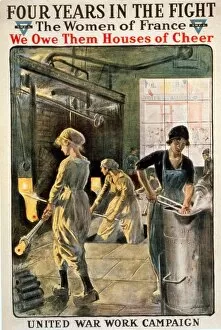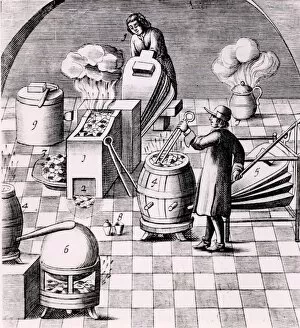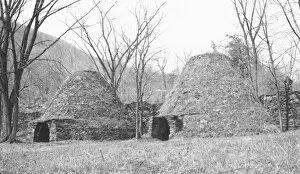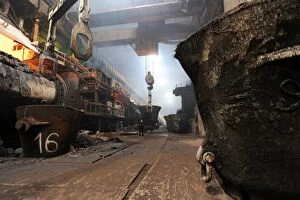Furnaces Collection (#4)
"Furnaces: The Fiery Heart of the Metal Industry" From zinc production in 1860 to stainless steel manufacturing in 1959
For sale as Licensed Images
Choose your image, Select your licence and Download the media
"Furnaces: The Fiery Heart of the Metal Industry" From zinc production in 1860 to stainless steel manufacturing in 1959, they have been at the core of the metal and steel industry. These mighty machines have shaped our world, fueling progress and innovation. In a picturesque scene captured on paper, we witness the Vieille Montagne factory's zinc production process in Saone-et-Loire. The intense heat emanating from the furnace symbolizes both power and transformation. Moving forward to Sheffield in 1959, Firth-Vickers Stainless Steel stands as a testament to technological advancements. Shepcote Lane becomes a hub of creativity as furnaces roar with life, forging stainless steel that would shape industries worldwide. But it's not just metals that find solace within these fiery chambers - even fish swim inside smokehouse furnaces in Scotland. This unique method of smoking preserves their flavor while adding an unmistakable smoky essence. Let us not forget boilers - crucial components for various industrial processes. Furnaces provide them with the necessary heat to operate efficiently, ensuring smooth operations across multiple sectors. History reveals how coal strikes affected iron industries; when fires grew dim due to limited supply, entire communities felt its impact. Yet resilience prevailed as stokers tirelessly fed HMS Kent's furnaces during pursuit after the Battle of Falkland Islands in 1914 – showcasing unwavering determination amidst adversity. Traveling back further into time brings us face-to-face with Sheffield circa 1720-1740. A bustling cityscape emerges where furnaces dominate the skyline – symbols of prosperity and growth fueled by molten metal flowing through their veins. Middlesbrough presents another captivating image; tapping into its rich industrial heritage around 1870 depicts workers skillfully managing furnace operations amidst billowing smoke clouds – a mesmerizing dance between man and machine. Across oceans lies Dowlais Rolling Mills in Nova Scotia, Canada.

